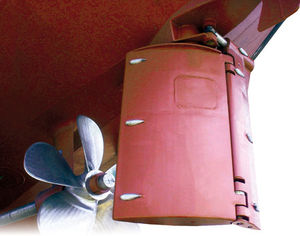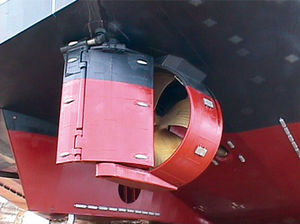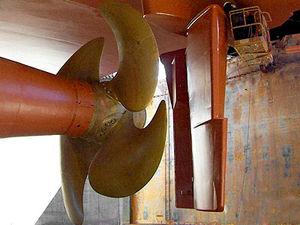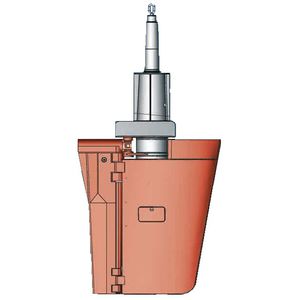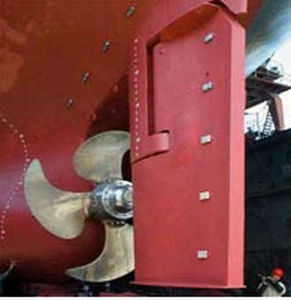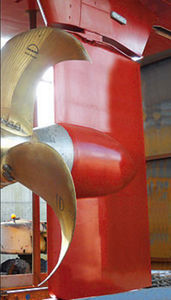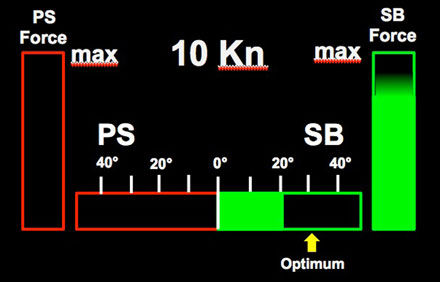
- Maritime equipment
- Navigation, Communications, Electronics
- Ship propulsion system
- Becker Marine Systems
Ship propulsion system BIMS®with dynamic positioning function
Add to favorites
Compare this product
fo_shop_gate_exact_title
Characteristics
- Application domain
- for ships
- Other characteristics
- with dynamic positioning function
Description
Improvement of AP-/DP- and manoeuvring performance
by rudder force measurement
System advantages:
Reliable and safe dynamic positioning/manoeuvring operations
Less rudder motion in DP and AP mode
Energy savings through improved efficiency
Elimination of aft tunnel thrusters on a case-by-case basis
Emission reduction
“Quieter” rudder system
Reduced manoeuvring response times
Significantly less rudder motion
Reduced waste and maintenance costs
Computerised manoeuvring operations today
Modern dynamic positioning systems (DP) and auto-pilot systems (AP) utilise a variety of input signals to maintain course or position, e.g. from positioning reference sensors, combined with wind sensors, motion sensors, gyro compasses, GPS data, etc. These data are processed by an IT system to allow the course or drift to be predicted and to calculate countermeasures controlling the actuators in the vessel’s propulsion system. Input data and processing is of high quality, but only reflects the vessel’s motion response. Inertia causes a massive decrease in the strength of these control signal, which do not meet or provide sufficient quality for manoeuvring. For rudder-propeller arrangements relatively high corrections were applied to rudder angle, resulting in the generation of high rudder forces. The vessel turns more than necessary for the predicted course correction, resulting in a similar counter-action in the opposite direction. This effect results in hysteresis, or rudder flipping, causing the steering gear to work continuously and more or less strong fluctuations around a set course or position.
Catalogs
*Prices are pre-tax. They exclude delivery charges and customs duties and do not include additional charges for installation or activation options. Prices are indicative only and may vary by country, with changes to the cost of raw materials and exchange rates.





